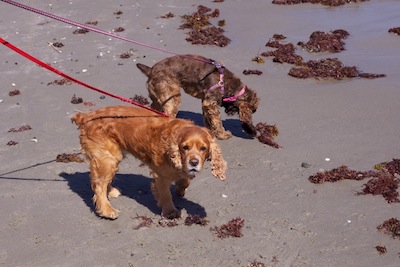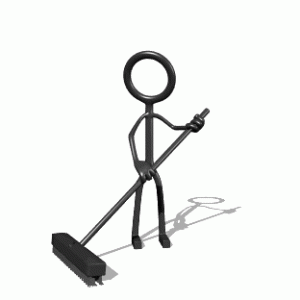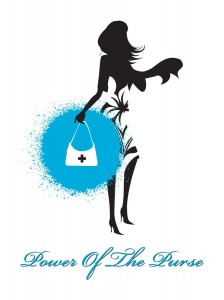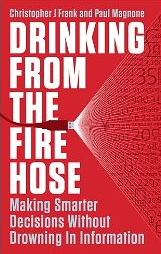I recently adopted a second cocker spaniel, this one from a local rescue shelter. An animal control officer picked him up and as he lacked identification, he was listed for adoption as “Franklin”, for having been found in February. I named him Henry, a name he now responds to as his own. Unlike Coco, my first puppy, Henry has a history with another family that we will never know. What we do know is that he was found on the streets without a collar, a tag or a microchip and no one came to the shelter to claim him during the mandatory hold period, when his photograph was posted on Petfinder. When the hold period expired, he became available for adoption. I had brought Coco to the shelter to meet him to see if they would be compatible as sibling playmates. There was little interaction between them during this visit; Henry was very anxious. His nervousness was evident in profuse sweating through his footpads, which left prints on the floor. It is difficult to assess a dog in the stressful environment of a rescue shelter.
So I was quite surprised when I brought him home. It was quite an adjustment for all of us, as Henry shifted from hiding to interacting with us, and finally, feeling comfortable and totally at home. It took about a month for him to be integrated into the family as I worked with a trainer to deal with some of Henry’s more difficult behaviors, like chronic barking. I remember commenting to our trainer that owners do their dogs a terrible disservice by not socializing them and investing in their obedience training. A visit to Petfinder.com reveals stories of dogs that are homeless because of human problems: foreclosures, evictions, relocations, divorces, deaths, loss of independence of elderly dog owners, etc. Dogs that are not socialized or trained are difficult to place in permanent homes. I read that nearly one-third of dogs are returned to shelters within two months of their adoption. In most cases, the dogs are returned because of behavioral problems; the cuteness wears off very quickly once the dog is home.
The first month I had Coco we participated together in Puppy Kindergarten. Class met one evening each week as a trainer led five puppies and their owners through basic obedience training (loose leash walking, the name game, coming when called, sit, stay, etc.). It gave me more confidence as a dog owner. It also provided some assurance that should I ever, through death or disability, be unable to care for Coco and now Henry, the relative in whose care I have arranged to entrust them would not be overwhelmed and surrender them to a shelter. It is my responsibility to make sure that they have a loving “forever” home and training-socialization is part of that commitment. I also realize that should we ever have to evacuate due to a disaster, it would be a secondary disaster to have to get into a battle of wills with a dog who doesn’t come when called, walk on the leash or whose behaviors compound what will certainly be an already stressful situation. Better to deal with the behaviors when the environment is calm.
I am so glad I brought Henry home. All he wants is to love and be loved and be part of a family. It is amazing to me that this little creature, who was sweating and pacing when we first met in the shelter, is now climbing into my lap and gently taking treats from my hand. He acts as a very protective older brother to Coco and intervenes when he thinks her play with other dogs is getting too rambunctious. By the way, this photograph shows our first visit to the beach. Coco and Henry are checking out the seaweed, digging in the sand and walking along the beach (it is still too cold for swimming). Then we had a little clambake and they enjoyed bowls of cool water and doggy cuisine while the adults had clams.







